What is Pre-Out?
Pre-Out is a port that is generally present on A/V receivers. The main application of the port is to connect an external power amplifier to the receiver so that the audio system uses the external amplifier over the receiver’s in-built amplifier. The Pre-Out port lets the incoming audio signal pass through the receiver without getting amplified. Therefore, the audio signal passes through to the external amplifier where it gets the required amplification. Basically, a Pre-Out port connects the external amplifier to the A/V receiver. The speakers are connected directly to the external amplifier rather than the receiver. This is done to get a better amplification for the audio signal. It is common for an external amplifier to produce better sound than the amplifier present in the receiver.
What is Line-Out?
Line-Out is that port that connects one audio device to another and passes high-quality line-level audio signals. The buffered fixed voltage signal gets unaffected even when there is volume control. If you are looking to feed a volume knob on the amplifier, it will be better to go for a Line-Out. Line-Out is also known as “Sound out” or “Audio out”. It is a type of audio connection that allows connecting external speakers.
Pre-Out vs Line-Out – The Difference
With Pre-Out, your audio receiver can connect to an external power amplifier. It allows you to pass the signal without any amplification. In doing so, the external power will amplify the signal. We can say that outputs allow adding separate power amplifiers for more power to the speakers. In this way, it helps to reduce the strain on the receiver. On the contrary, Line-Out allows connecting to external speakers. It comes in the form of a fixed voltage signal which gets unaffected even when there is volume control.
Why Use Pre-Out vs Line-Out?
When the pre-amplification is not good which means the receiver’s inbuilt amp is not doing a good job, you will need an external amplifier. That is when you have to use Pre-Out input for connecting the receiver to the external amplifier. On the other hand, if there is no need for an external amplifier, you use Line-Out input to connect speakers to the receiver.
Why Use Pre-Out With Receiver/Amp Setup?
Pre-Out takes off the load from the receiver. It is also easy to connect the outputs of the speakers to the amplifier. However, external amplifiers are powerful when compared to AV receivers. This makes it ideal for high gain power amplification. Pre-Out is a volume control source that is linked with the outside power amplifier. The receiver can provide variable signals during audio processing and acts as a pre-amp. When using a Pre-Out, the receiver can have better flexibility. In most cases, a Pre-Out is connected with a subwoofer. Do note that subwoofers come with their own internal amplifier. You can even use Pre-Out for home theatre channels. While using special speaker channels, added speakers help to improve the sound quality. It can even reduce the load on the built-in amplifier of the receiver.
Why Use Pre-Out With Receiver/Subwoofer Setup?
Always note that when you connect Pre-Out with the subwoofer, the main woofers will have a reduced burden. This will provide high levels of volume with no distortion. With the right connections, the internal amplifier receives the Pre-Out signals. To provide the right recurrence reaction, subwoofers make use of the opening or the port. It works by alluring the subwoofer and speakers with a similar recurrence. With this recurrence reaction, there will be no distortion from the treble, bass, and mids.
When To Not Use Pre-Out vs Line-Out
When You Shouldn’t Use Pre-Out
Line-Out has an amplified signal that goes through the line-level filters resulting in less clarity and more processing. Pre-Outs are signals with an intensified line-level sign. When you use a subwoofer, it only enhances the main speakers’ bass capability. With this, there will be no compromise on the low-frequency capability and there will be perfect execution. A subwoofer has low-frequency content which makes it less superior to large conventional loudspeakers. Owing to this, Pre-Outs are used for controlling the speakers.
When You Shouldn’t Use Line-Out
Many functions like Digital Signal Processing, volume control, and sources determination drive the speaker’s power amplifier. Digital Signal Processing can be manipulated with real-world signals including audio and voice. In this way, it can produce quality output. When you use Pre-Out, there will be more volume control when compared to Line-Out. On the other hand, Line-Out will remove the speakers’ influence on the overall tone. You must know that Line-Out has a fixed voltage signal which does not get affected even when there are volume changes. It comes directly from the Digital to Analog Converter.
Pre-Outs Vs Sub-Outs
Pre-Out is found on the AV receiver. It is used to connect the external power amplifier with the receiver. If we have to discuss sub-out, it is for connecting AV receivers to subwoofers.
Is It Possible to Use Pre-Outs and Speaker Terminals Simultaneously?
By using a separate amp, you will be able to use Pre-Outs for the speakers. We can say that you can utilize speaker terminals & Pre-Outs simultaneously with the built-in amps of the surround speakers. However, it may not be necessary to utilize them both together. There may be a few examples when the main terminals and Pre-Outs can be the best option.
What Is Pre-Out Zone 2?
In new sound system models, you will find any additional feature known as Zone 2. With Zone 2, you can send the same source to the amplifier set up in other rooms from the receiver.
Subwoofer Pre-Outs
With subwoofer Pre-Outs, you can connect active subwoofers and speakers from an outside source. This makes sure that you connect the subwoofer and speaker simultaneously.
What Is Pre-Amp Line-Out?
When you use a pre-amp Line-Out port, you will be able to connect active subwoofers to the sound system. This makes sure there will be a direct connection to the subwoofer’s line in ports.
Conclusion
We have already discussed the functions of Pre-Out and Line-Out. For signal or volume control, Pre-Out serves as the best option. To prevent double amplification on the signal path, you can choose Line-Out. Therefore, as per your audio system performance, you have to decide which one is best and which input to use. Comment * Name * Email * Website
Δ



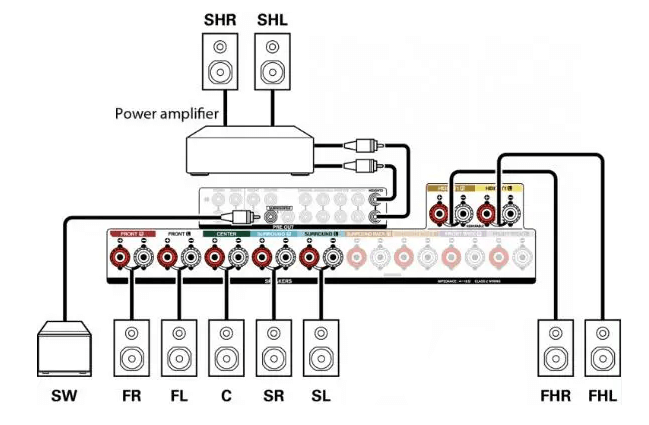
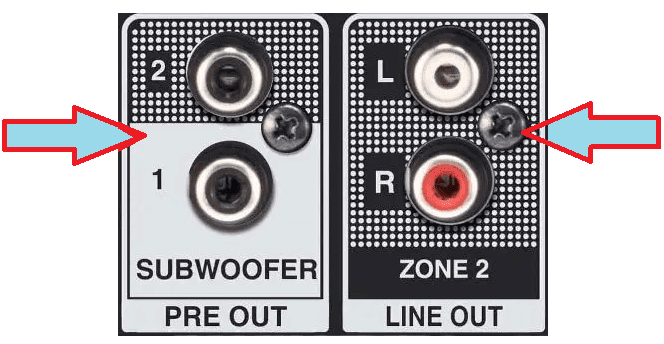
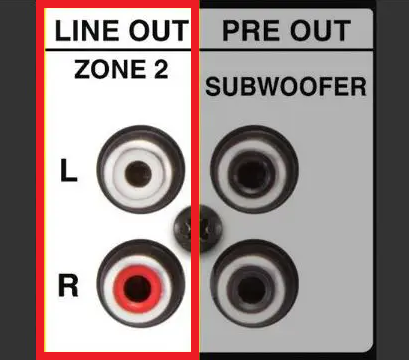
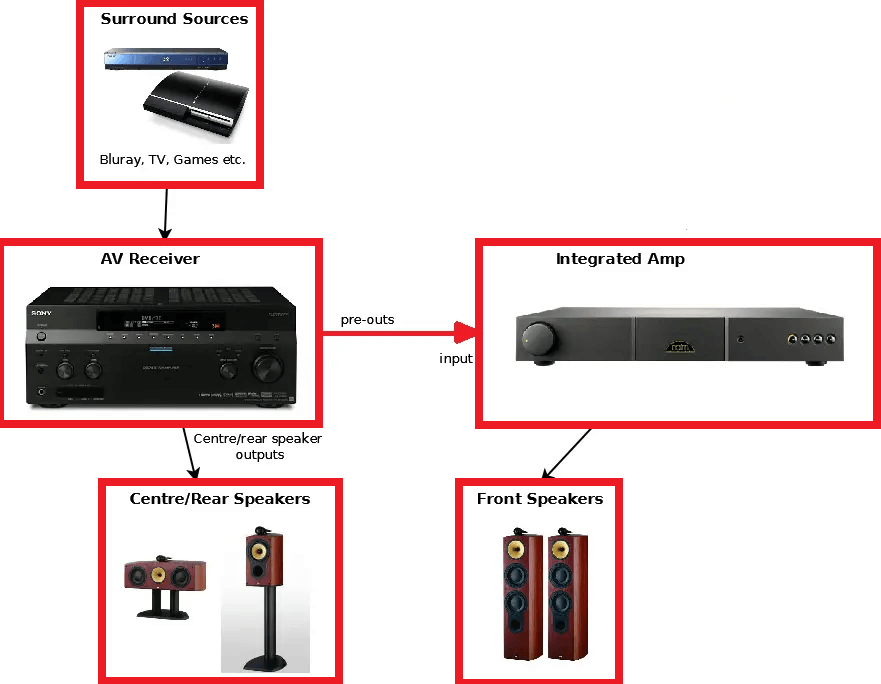
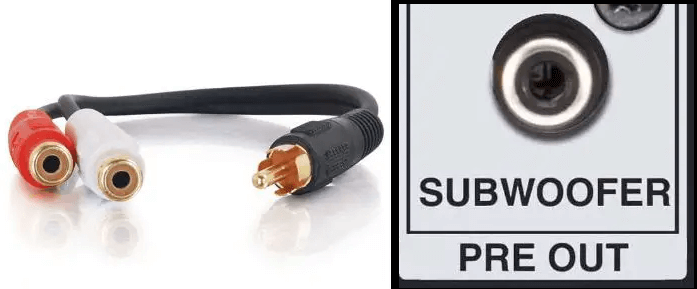


![]()